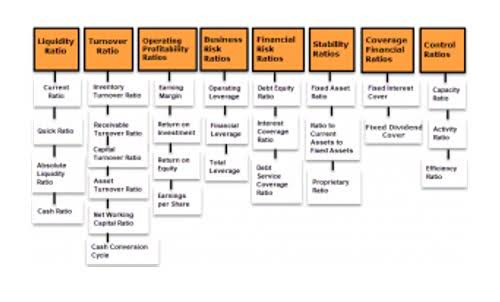
Therefore, working capital serves as a critical indicator of a company’s short-term liquidity position and its ability to meet immediate financial obligations. Shortening your accounts payable period can have the opposite effect, so business owners will want to carefully manage this policy. Another way to measure working capital is to look at the working capital ratio, which is current assets divided by current liabilities. Generally, a working capital ratio of less than 1.0 is an indicator of liquidity problems, while a ratio higher than 2.0 indicates good liquidity.
What is a Good Working Capital Cycle?
If this figure would have been negative, it would indicate that Jack and Co. did not have sufficient funds to pay off its current liabilities. Furthermore, change in net operating working capital formula it helps in studying the quality of your business’s current assets. Also, it indicates how much of the long term funds you need to fund your current assets.
What is Negative Net Working Capital?
- A business owner can often access more attractive small business loan rates and terms when the firm has a consistent working capital policy.
- Net Working Capital (NWC) measures a company’s liquidity by comparing its operating current assets to its operating current liabilities.
- To reiterate, a positive NWC value is perceived favorably, whereas a negative NWC presents a potential risk of near-term insolvency.
- This metric is much more tied to cash flows than the net working capital calculation is because NWC includes all current assets and current liabilities.
It tells us if a business has enough money to handle its daily expenses and to invest in its future. The rationale for subtracting the current period NWC from the prior period NWC, instead of the other way around, is to understand the impact on free cash flow (FCF) in the given period. The NWC metric is often calculated to determine the effect that a company’s operations had on its free cash flow (FCF). Aside from gauging a company’s liquidity, the NWC metric can also provide insights into the efficiency at which operations are managed, such as ensuring short-term liabilities are kept to a reasonable level. The working capital ratio is a method of analyzing the financial state of a company by measuring its current assets as a proportion of its current liabilities rather than as an integer. The formula to calculate working capital—at its simplest—equals the difference between current assets and current liabilities.
Pay your team
- Further, you will also learn what is Net Working Capital and how to calculate Net Working Capital.
- Tools like QuickBooks can significantly improve efficiency, saving valuable time and resources.
- By following these steps, you can accurately calculate your net working capital and then determine any changes over time.
- However, it would have a negative Net Working Capital if its current liabilities would exceed its current assets.
- For example, if it takes an appliance retailer 35 days on average to sell inventory and another 28 days on average to collect the cash post-sale, the operating cycle is 63 days.
- It might indicate that the business has too much inventory or isn’t investing excess cash.
As mentioned above, the Net Working Capital is the difference between your business’s short-term assets and short-term liabilities. If the company’s Inventory increases from $200 to $300, it needs to spend $100 of cash to buy that additional Inventory. Because Working Capital is a Net Asset on the Balance Sheet, and when an Asset increases, that reduces cash flow; when an Asset decreases, that increases cash flow.
- It is a measure of a company’s liquidity and its ability to meet short-term obligations, as well as fund operations of the business.
- It’s calculated by subtracting current liabilities from current assets, as listed on the company’s balance sheet.
- Below is Exxon Mobil’s (XOM) balance sheet from the company’s annual report for 2022.
- In other words, her store is very liquid and financially sound in the short-term.
- Besides this, you will be able to sell products to your customers at a discount.
- Working capital is calculated by taking a company’s current assets and deducting current liabilities.

Thus, changes in working capital have a direct impact on its cash flow, which can affect its operations. Yes, working capital can be zero if a company’s current assets match its current liabilities. While this doesn’t always indicate financial health, businesses should manage their working capital carefully to have adequate liquidity and meet short-term obligations. Current assets include assets a company will use in fewer than 12 months in its business operations, such as cash, accounts receivable, and inventories of raw materials and finished goods. Current liabilities include accounts payable, trade credit, short-terms loans, and lines of credit. Essentially, working capital is the amount of money a company has available to pay its short-term expenses.
Table of Content
Under accrual accounting, revenue is recognized when the product/service is delivered (i.e. “earned”), as opposed to when cash is received. If the working capital cycle is trending downward relative to that in the past, that tends to be viewed as a positive sign, whereas upward movement points towards operational inefficiencies. Accounting software empowers https://www.bookstime.com/articles/purchases-journal you to take your bookkeeping to the next level. Tools like QuickBooks can significantly improve efficiency, saving valuable time and resources. Consider exploring these solutions to unlock a smoother and more efficient experience when managing your business finances. The beauty behind financial statements is that they all tie back to one another.


What does net operating working capital include?
